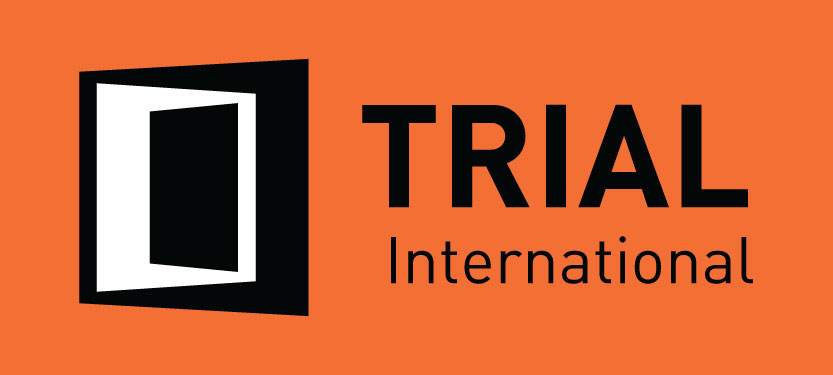A Blind Spot in International Justice: The Overlooked Environmental Harm
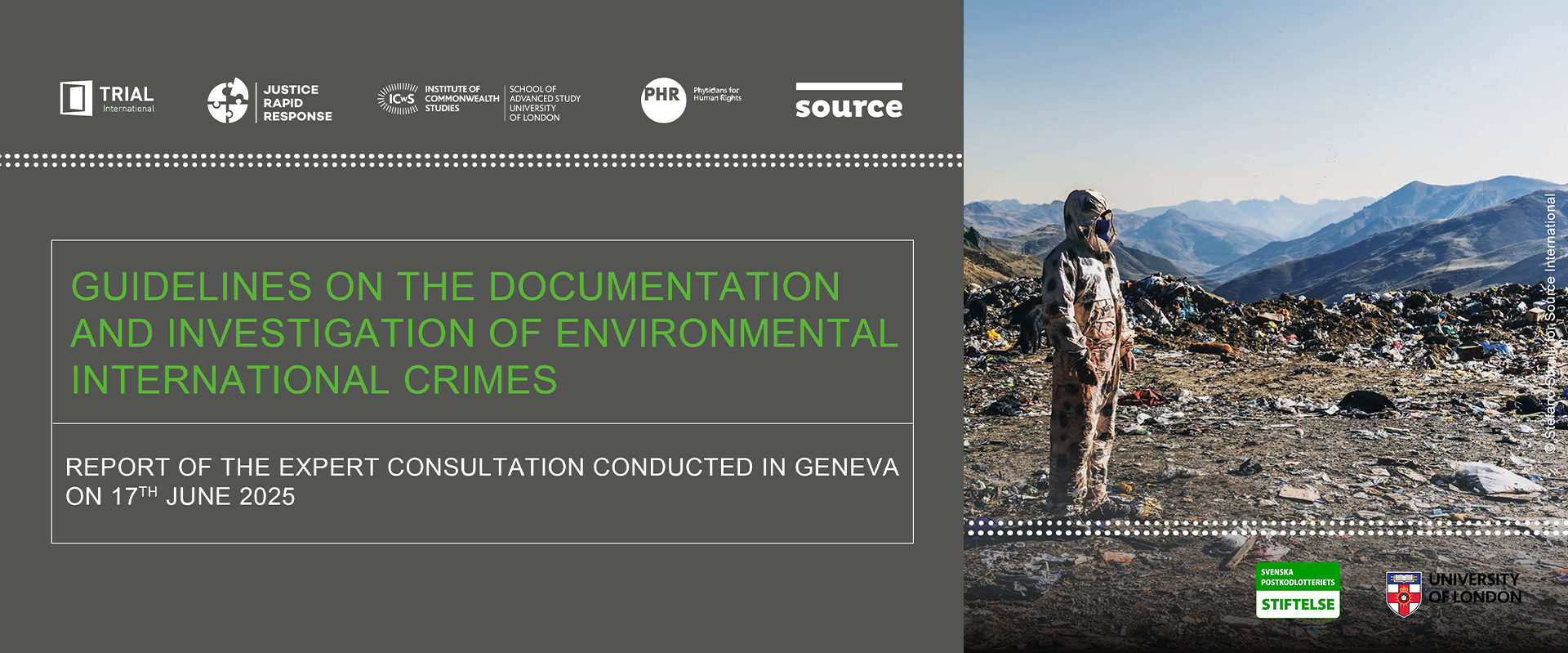
Investigation and prosecution of crimes under international law (including, but not limited to, war crimes, crimes against humanity, aggression, genocide, torture, enforced disappearance) committed by means of, or resulting in, environmental damage (“environmental international crimes”) in the context of conflict, post-conflict or volatile situations have traditionally been overlooked. Throughout history “the environment has been a silent victim of human conflict”, due to lack of documentation of environmental harm as well as little attention to its consequences on affected communities, especially the vulnerable ones. Only in recent years, an increased awareness of environmental global degradation and related effects has emerged, but cases addressing environmental international crimes remain rare and largely underreported. This is due to several factors, including the complexity of such crimes, intensive documentation requirements, limited resources, and the need for specialized expertise in data collection, evidence analysis and preservation.
Expert Consultation Recognizes the Need for Guidelines
On June 17, 2025, more than 40 experts from around the world—including scientists, legal practitioners, human rights defenders, academics, and grassroots leaders —gathered in Geneva for a one-day Expert Consultation to discuss best practices and challenges in investigating and litigating environmental international crimes and the role of potential guidelines in this field.
The diverse network of experts recognized the urgent need for a comprehensive and coordinated response to the perpetration of environmental international crimes and to develop practical, multidisciplinary and accessible Guidelines on the Documentation and Investigation of Environmental International Crimes.
The Guidelines are intended to support investigators, prosecutors, civil society actors, affected communities, and other frontline responders in addressing those crimes.
“ They will offer concrete tools and methodologies to enhance the documentation and investigation of environmental harm. By supporting robust case-building efforts and strategic litigation, these Guidelines can pave the way for accountability and justice in this vital field.”
Chiara Gabriele, TRIAL International expert on environmental international crimes litigation
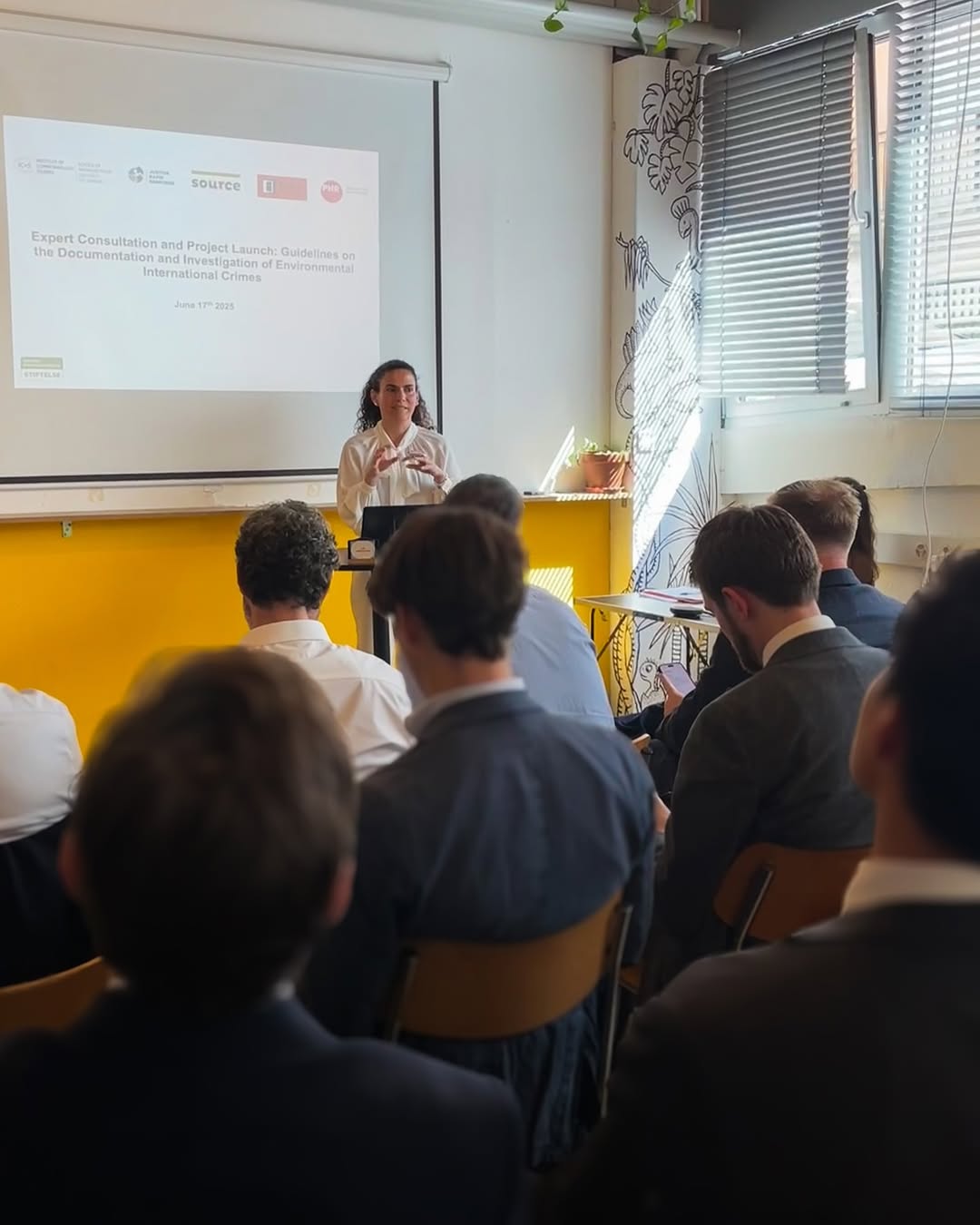
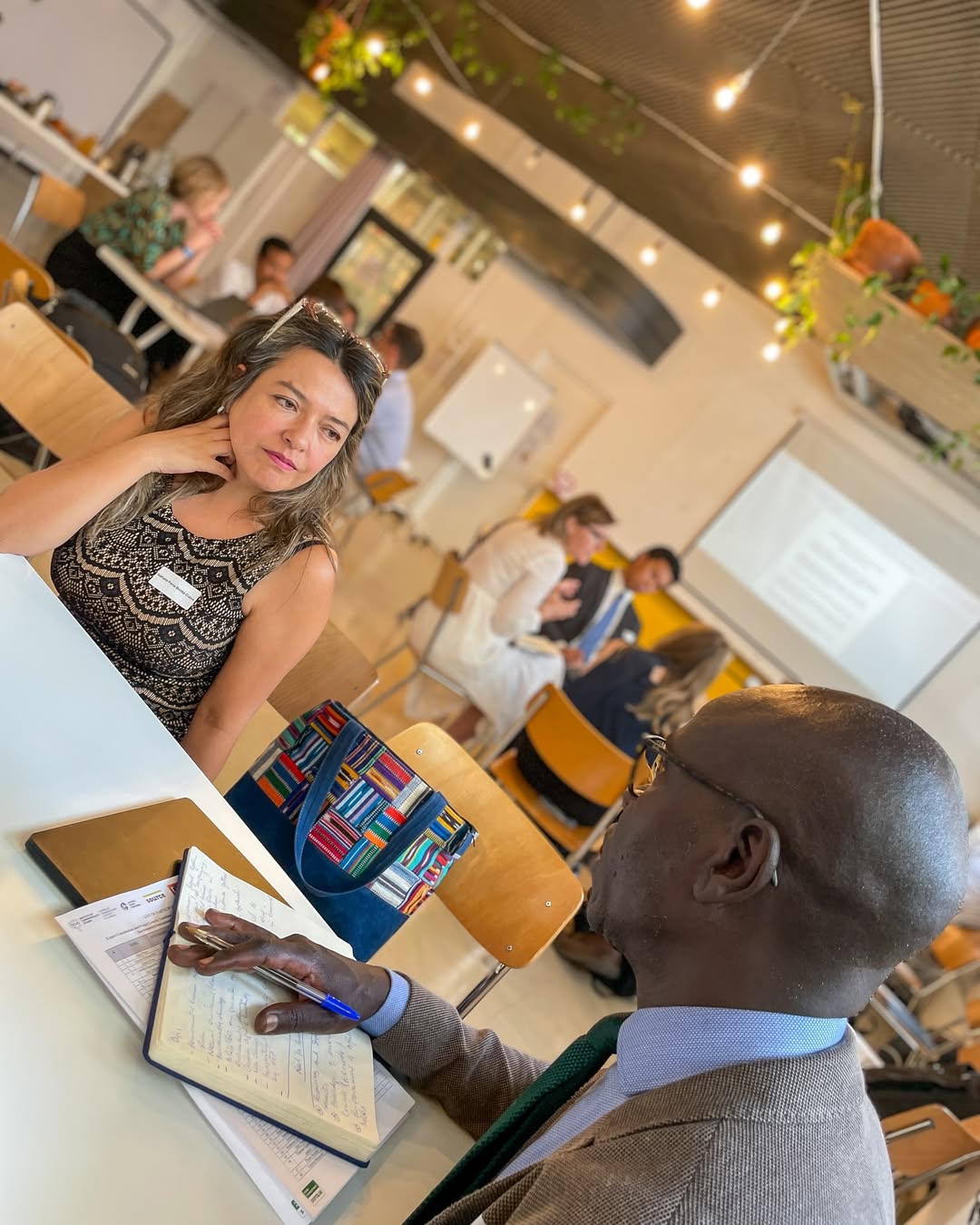
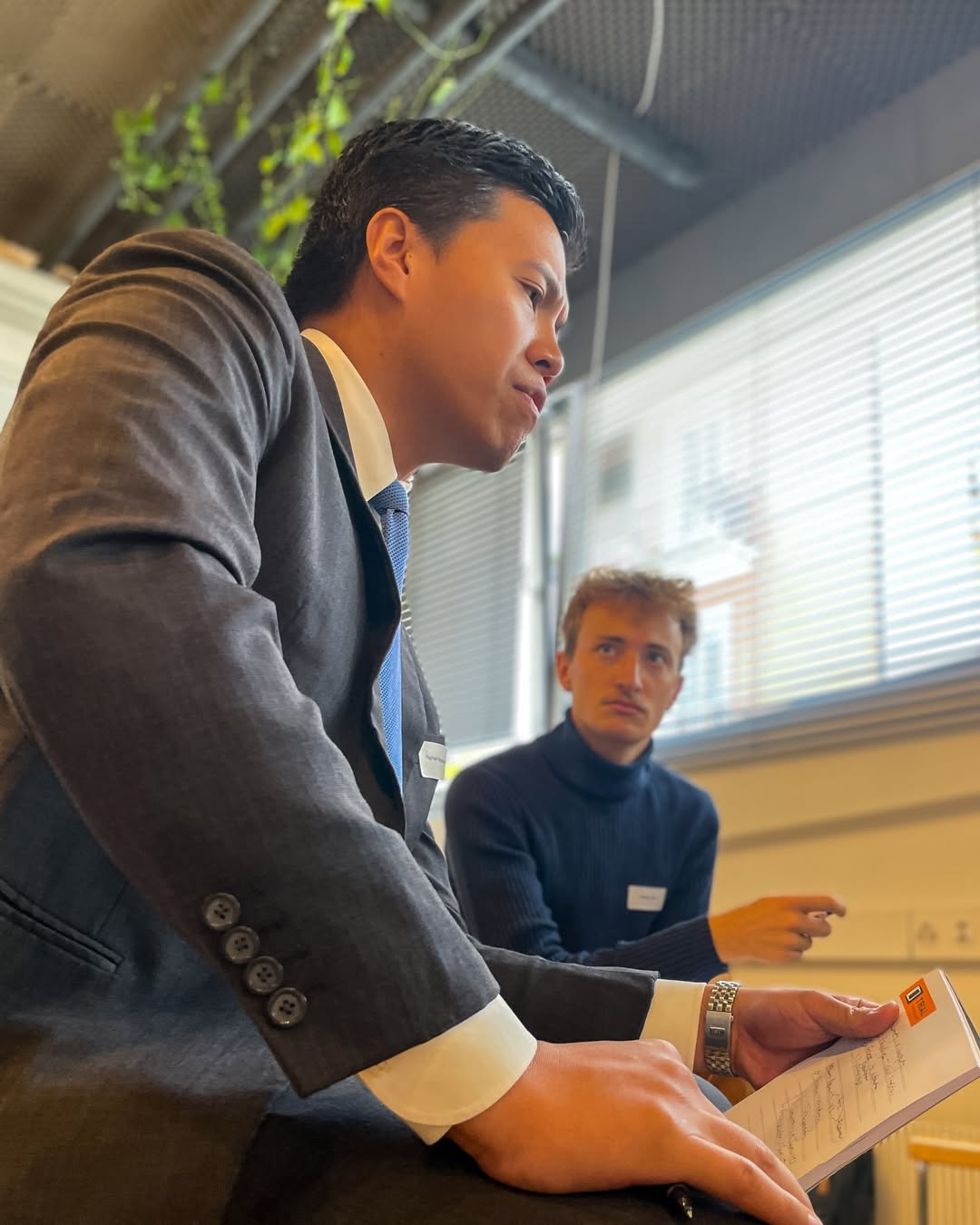
The Development of Guidelines on the Documentation and Investigation of Environmental International Crimes
Building on the conclusions of the Expert Consultation, the organizations leading the initiative* will coordinate the collaborative development of the Guidelines. This process will be overseen by an Advisory Group composed of experts in this field and supported by a coalition of regionally diverse partners to ensure that the Guidelines are contextually grounded and locally owned.
“Creating a guide to investigate environmental international crimes is very, very important. And it is needed now,not later. Because while we are here, many people around the world continue to survive with pollution, sickness, and silences. (…) This guide is a tool of justice. It gives power to the people. And this guide should be practical. It should speak to people like me (…) who are fighting every day for justice. And I believe with the right tools, with courage and truth, we can make a change.”
Mireya Sosa Navarro, 22-year-old artist and activist from Cerro de Pasco (Peru) and member of Red Interquorum Pasco.
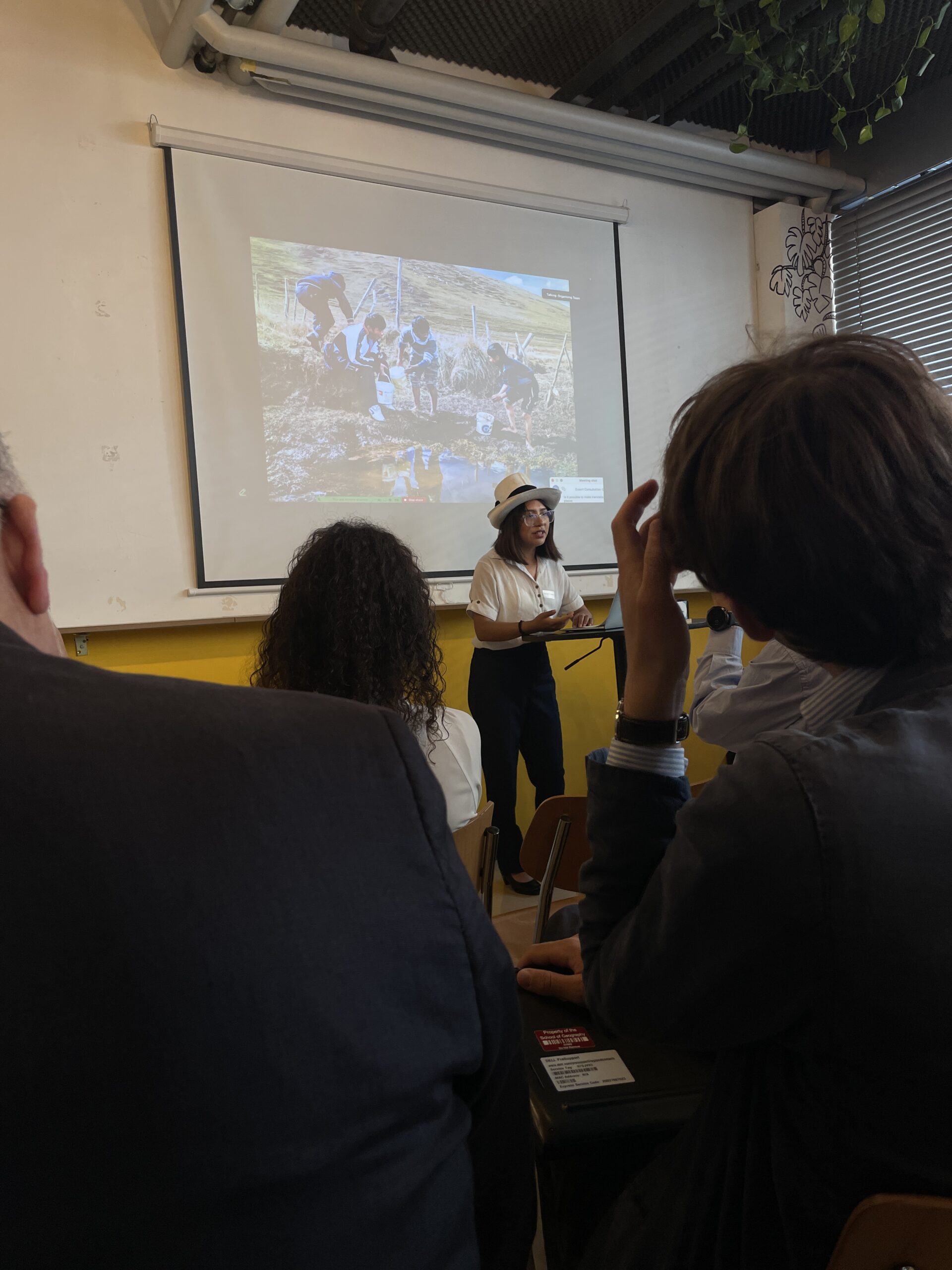
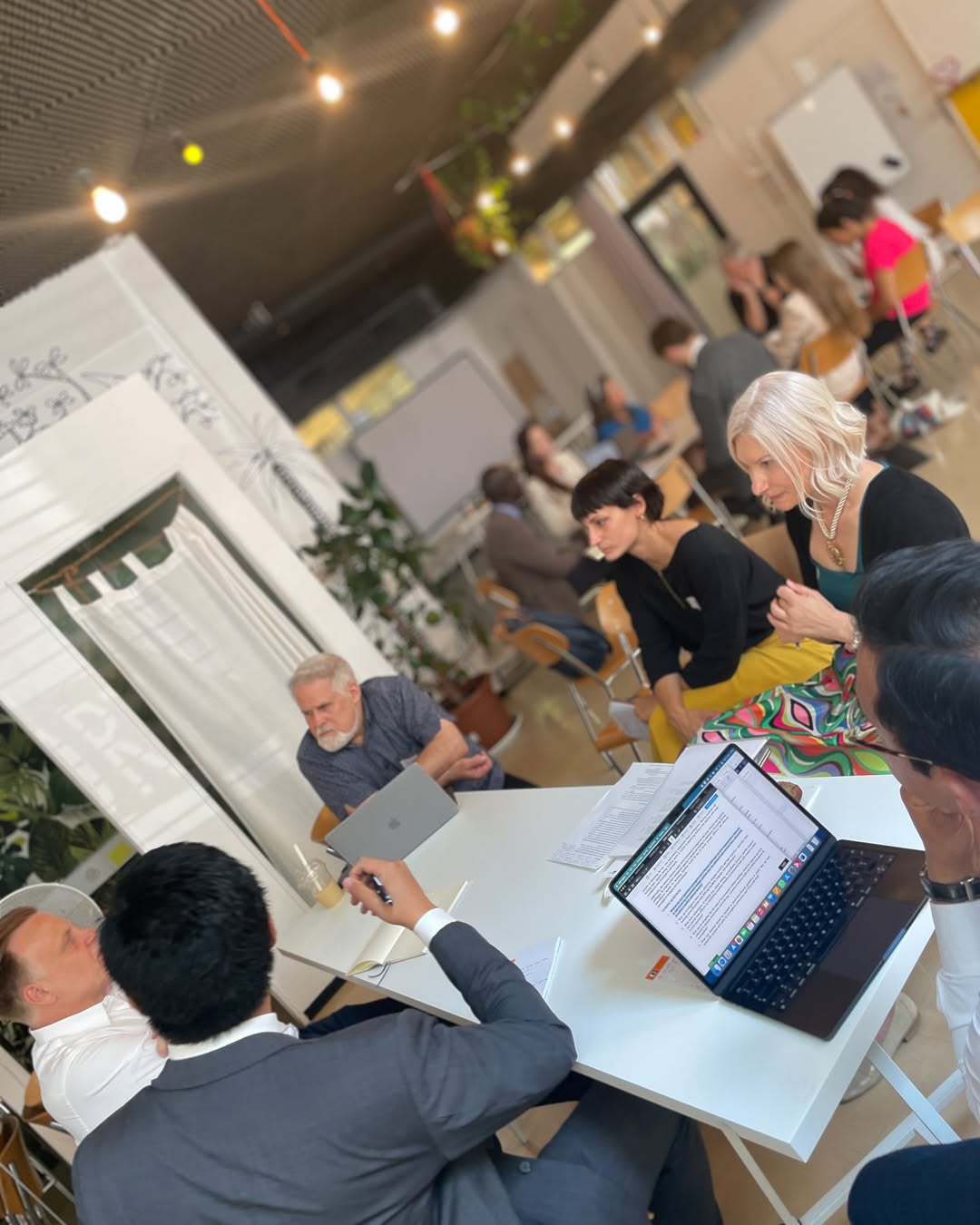
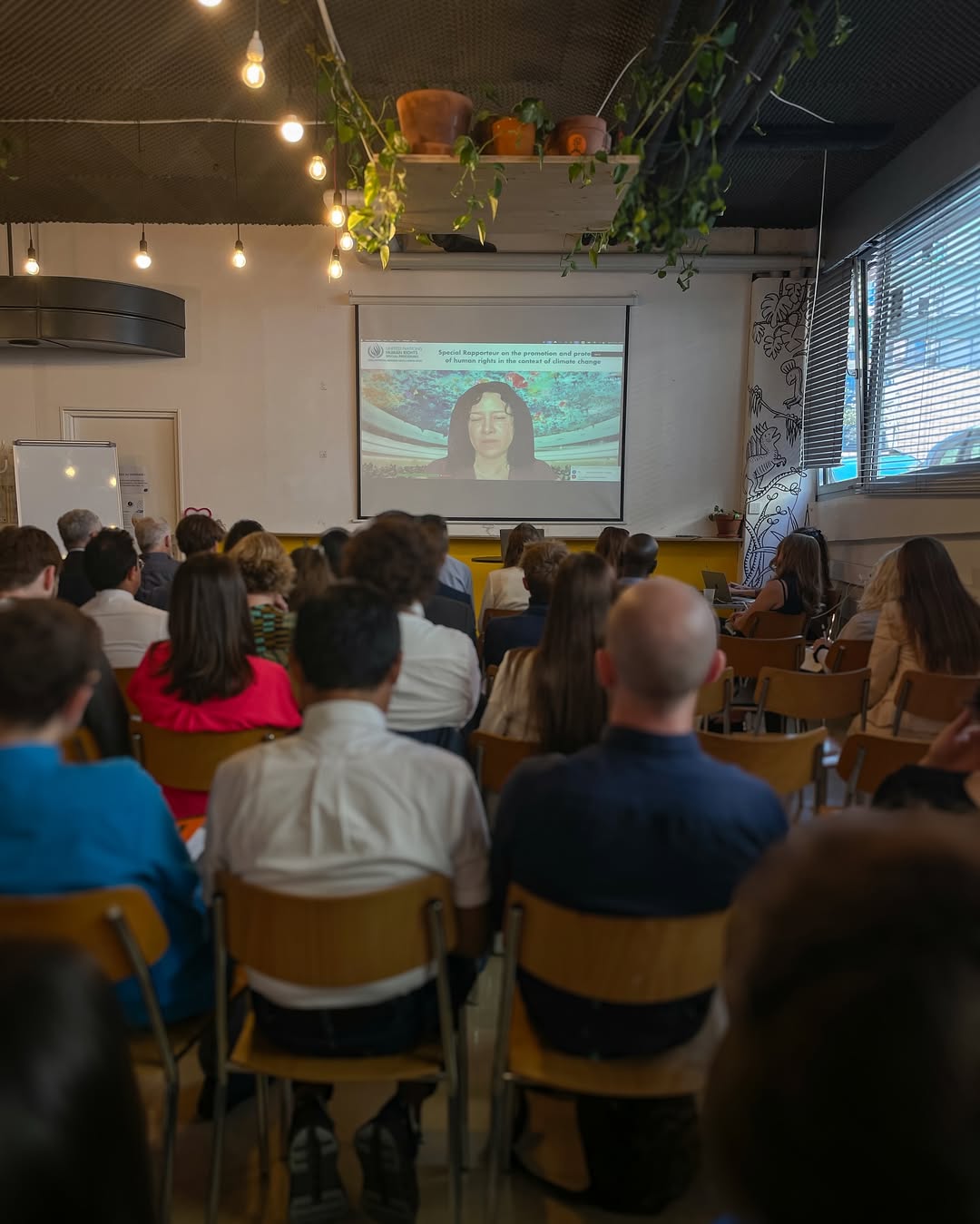
–> Read the key findings and insights from the participants to the Expert Consultation <—
*This project is a joint initiative of TRIAL International, Justice Rapid Response, the Institute of Commonwealth Studies, the School of Advanced Study, Physicians for Human Rights, and Source International.
This work was supported by the Swedish Postcode Lottery, whose generous contribution is gratefully acknowledged.
